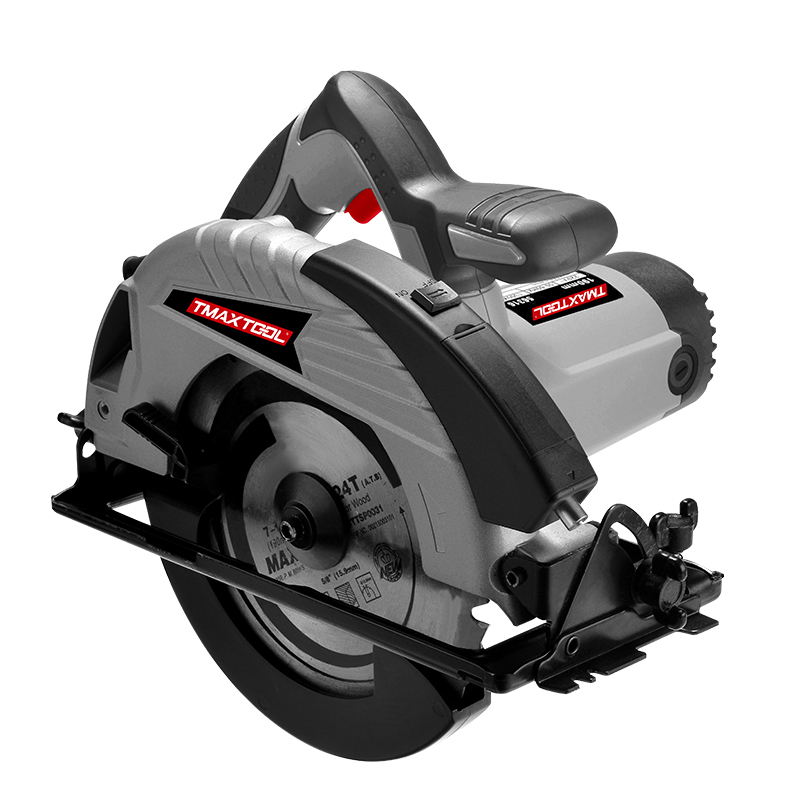650N.m Brushless impact wrench
product DETAILS
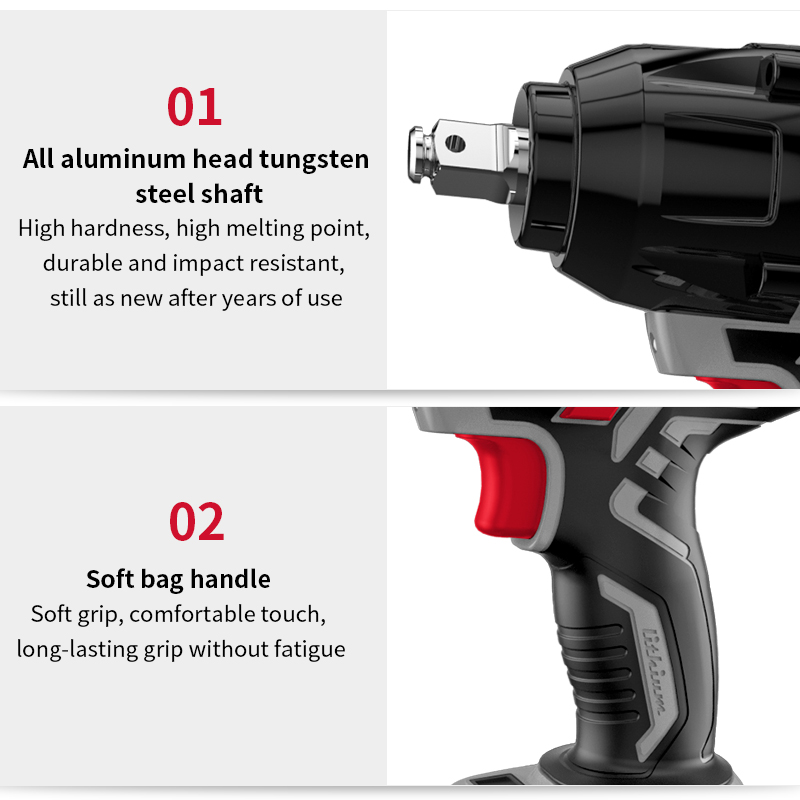

product description
The invention process for an electric wrench involves several key steps, including ideation, research, design, prototyping, testing, and refinement. Here's a breakdown of each step:
Ideation: The process typically begins with brainstorming and idea generation. Engineers and inventors might identify a need or problem in the market, such as the need for a more efficient and powerful wrench for industrial or automotive use.
Research: Once an idea is formed, extensive research is conducted to understand the existing solutions, technological advancements, materials, and potential market demand. This research helps in identifying the feasibility and potential challenges of the invention.
Design: Based on the research findings, engineers start the design process. This involves creating detailed sketches, CAD (Computer-Aided Design) models, and specifications for the electric wrench. The design phase also considers factors such as ergonomics, ease of use, and safety.
Prototyping: With the design finalized, a prototype of the electric wrench is developed. Prototyping allows engineers to test the functionality of the wrench in real-world conditions and identify any design flaws or areas for improvement.
Testing: The prototype undergoes rigorous testing to evaluate its performance, durability, efficiency, and safety. Testing may include simulated usage scenarios, stress tests, and performance evaluations against existing wrenches in the market.
Refinement: Based on the testing results, the design is refined to address any issues or shortcomings identified during testing. This iterative process may involve multiple rounds of prototyping and testing until the desired performance and quality standards are achieved.
Manufacturing: Once the final design is approved, the manufacturing process begins. This involves sourcing materials, setting up production facilities, and establishing quality control measures to ensure consistency and reliability in mass production.
Marketing and Distribution: The electric wrench is then marketed to potential customers through various channels, such as trade shows, advertising, and online platforms. Distribution networks are established to make the product available to consumers, whether through retail stores or direct sales channels.
Throughout the invention process, collaboration between engineers, designers, manufacturers, and marketing professionals is crucial to ensuring the success of the electric wrench in the market. Additionally, continuous innovation and adaptation to changing technology and market trends play a significant role in the long-term success of the product.

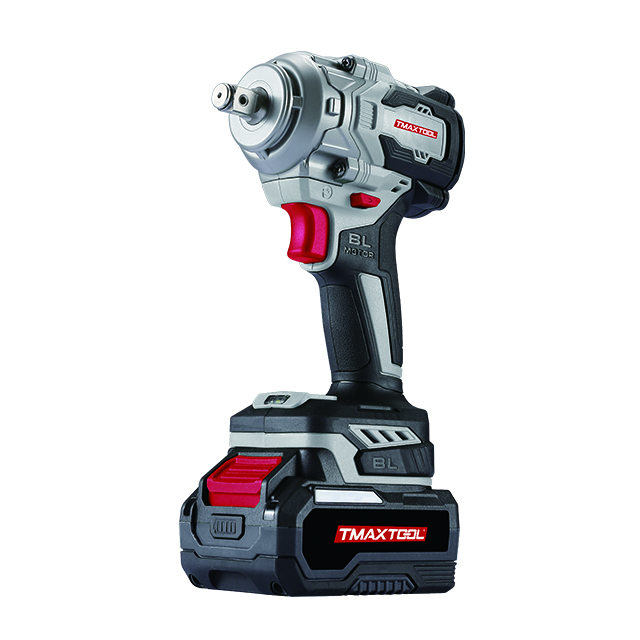 Impact Wrench
Impact Wrench
 Screwdriver
Screwdriver
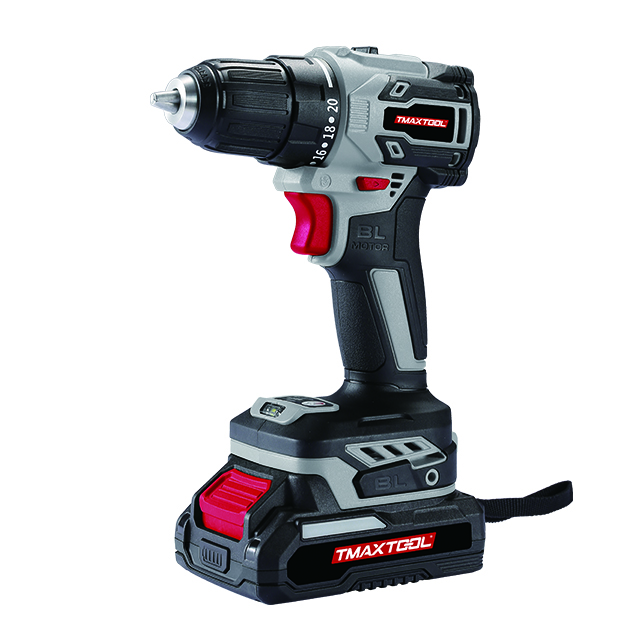 Cordless Drill
Cordless Drill
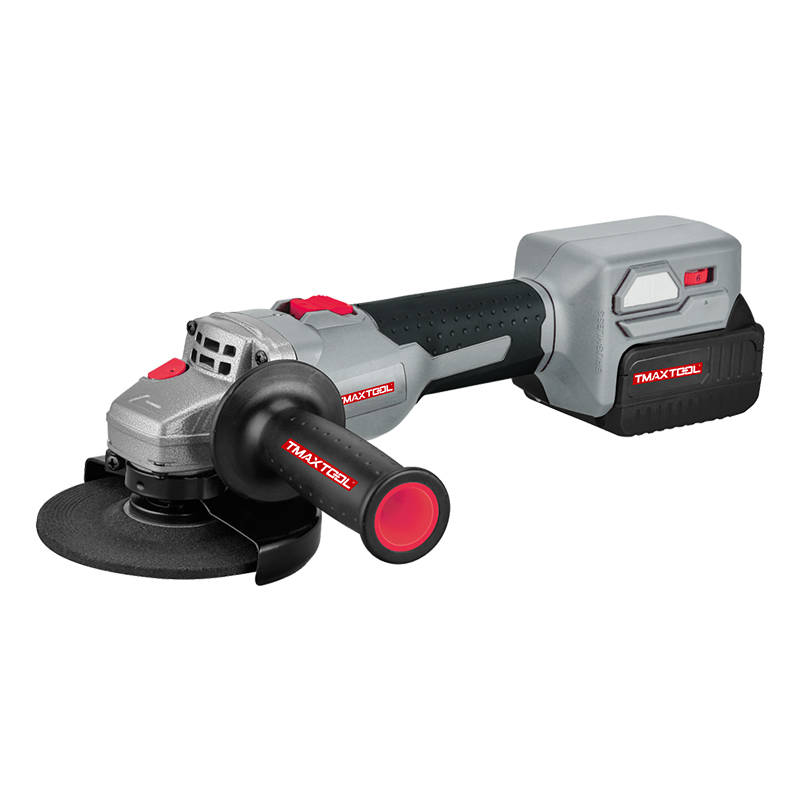 Angle Grinder
Angle Grinder
 Polisher
Polisher
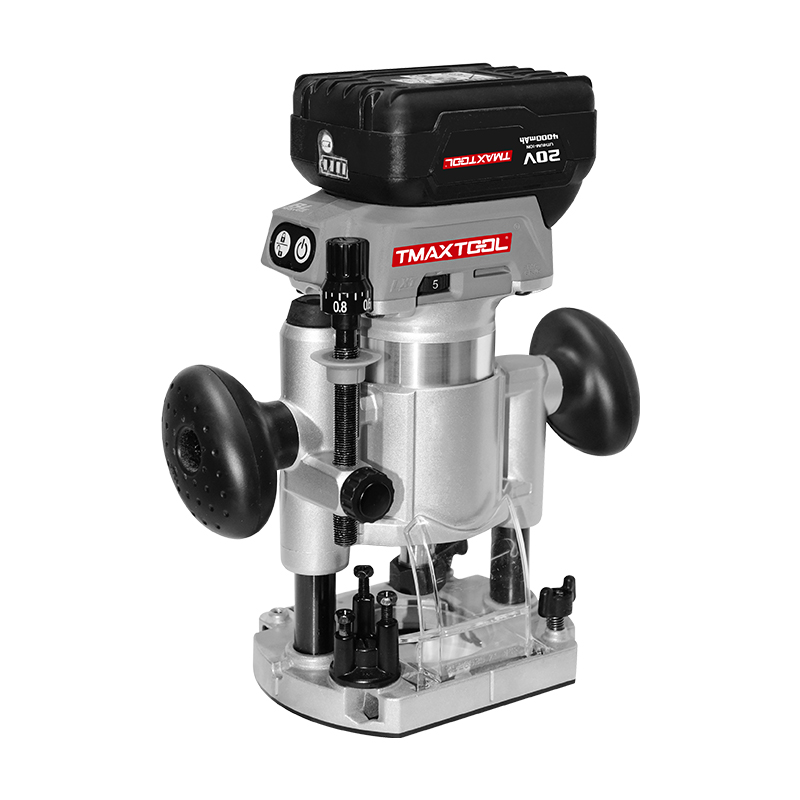 Wood Router
Wood Router
 Jig Saw
Jig Saw
 Hammer Drill
Hammer Drill
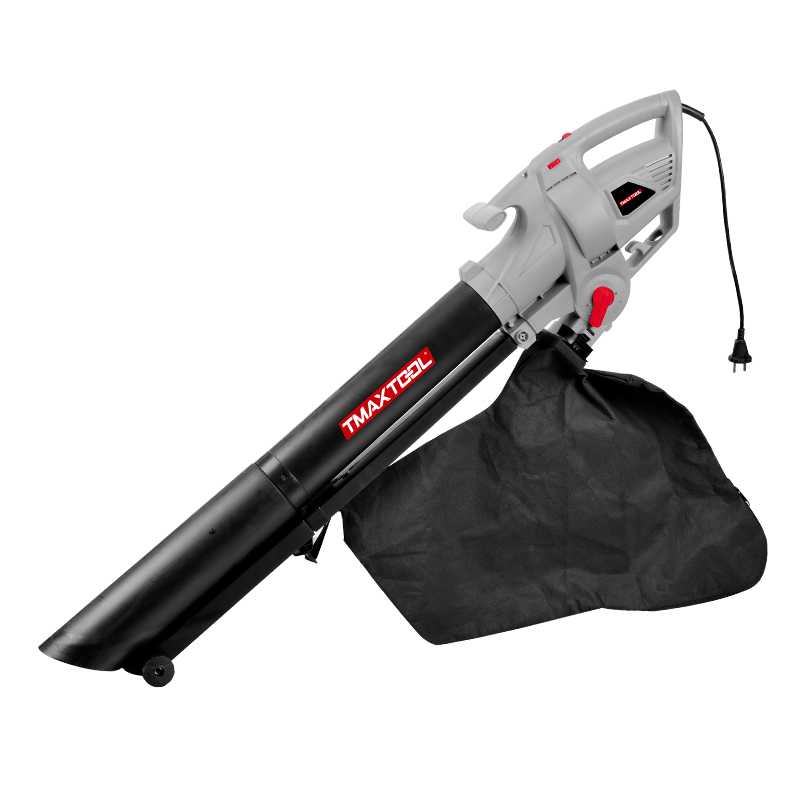 Portable Blower
Portable Blower
 Orbital Sander
Orbital Sander
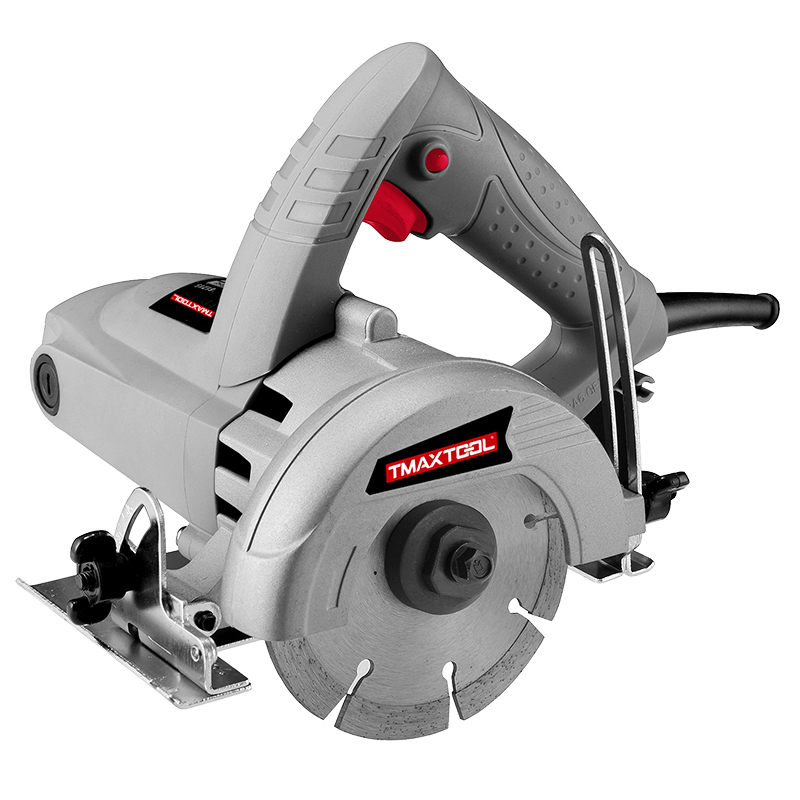 Marble Cutter
Marble Cutter
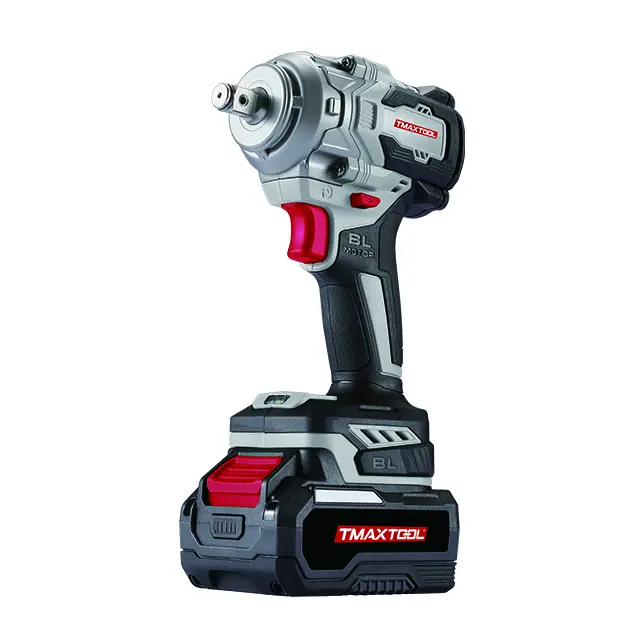 GARDEN TOOLS
GARDEN TOOLS
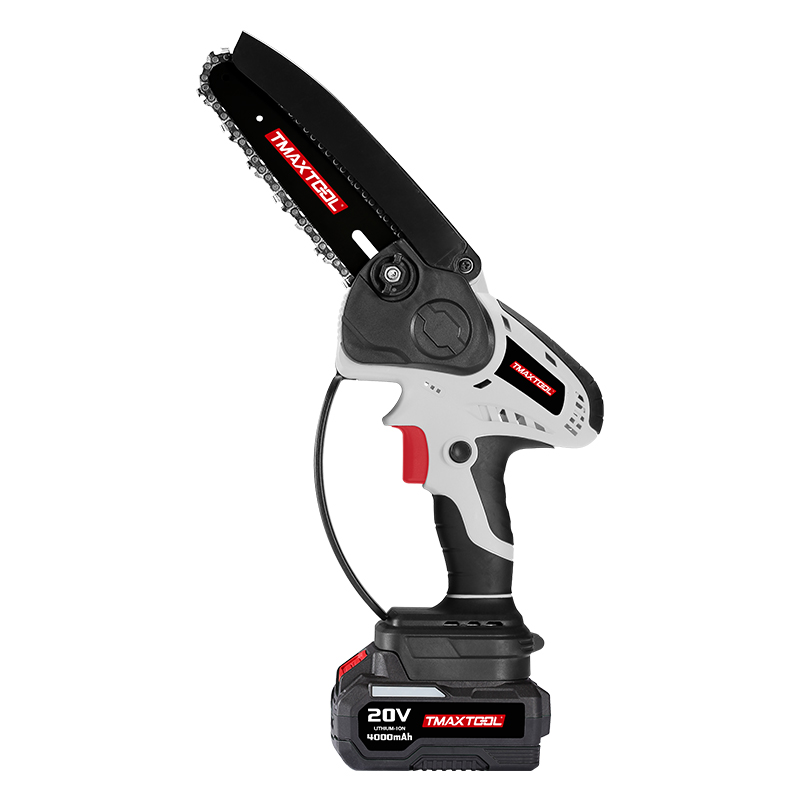 Battery Chain Saw
Battery Chain Saw
 Battery Brush Cutter
Battery Brush Cutter
 Battery Hedge Trimmer
Battery Hedge Trimmer
 Battery Multi Tool
Battery Multi Tool
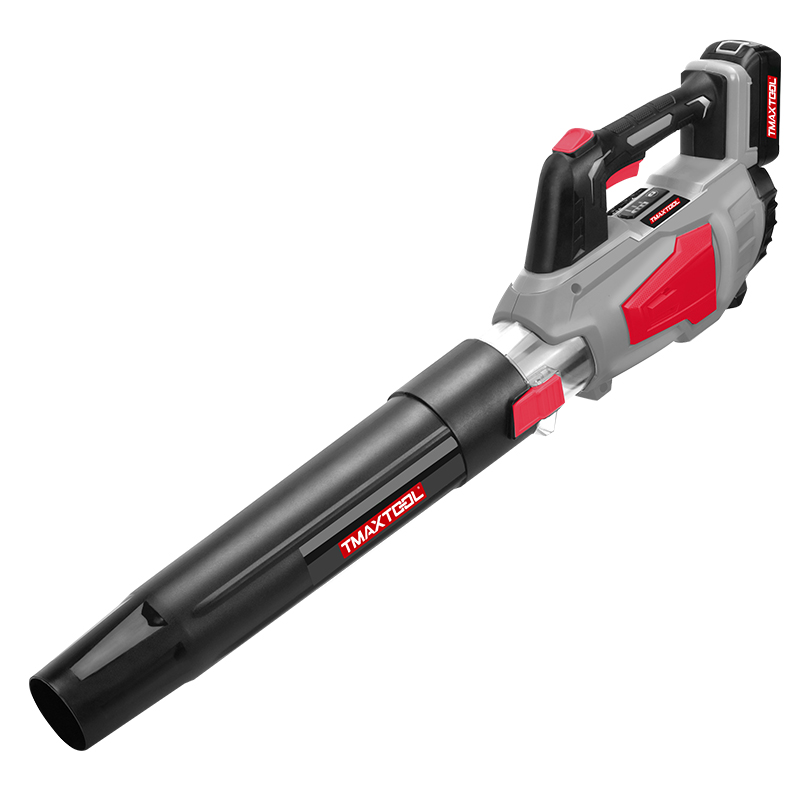 Battery Blower
Battery Blower
 Batter Pruning Shears
Batter Pruning Shears
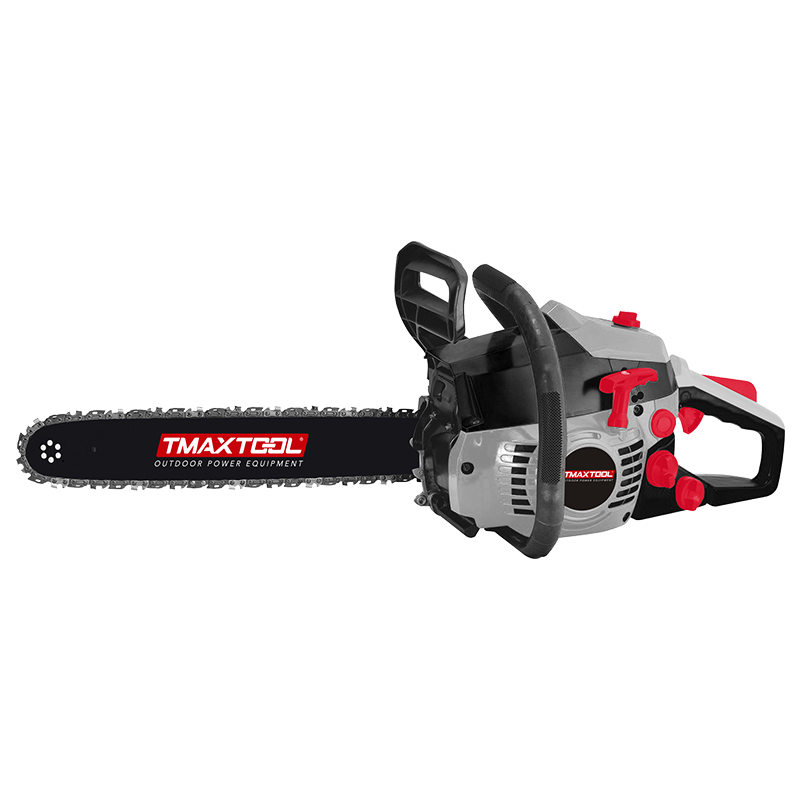 Chain Saw
Chain Saw
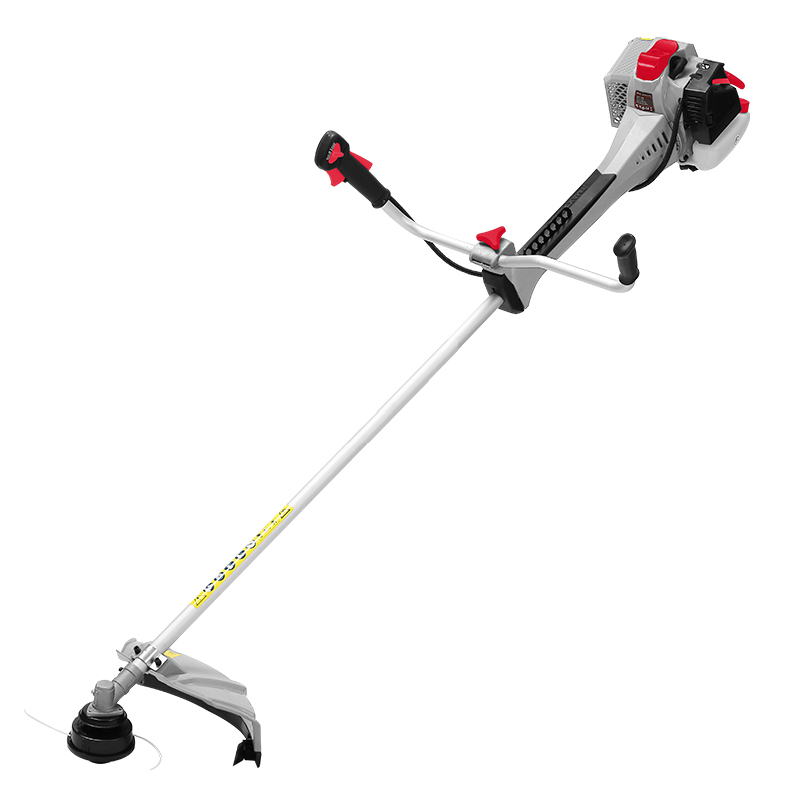 Brush Cutter
Brush Cutter
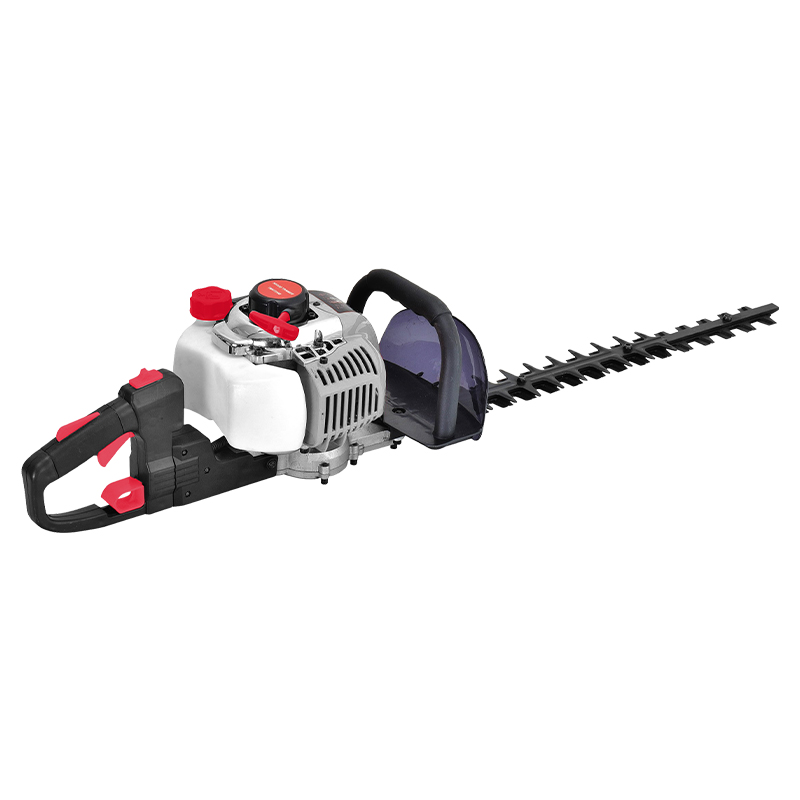 Hedge Trimmer
Hedge Trimmer
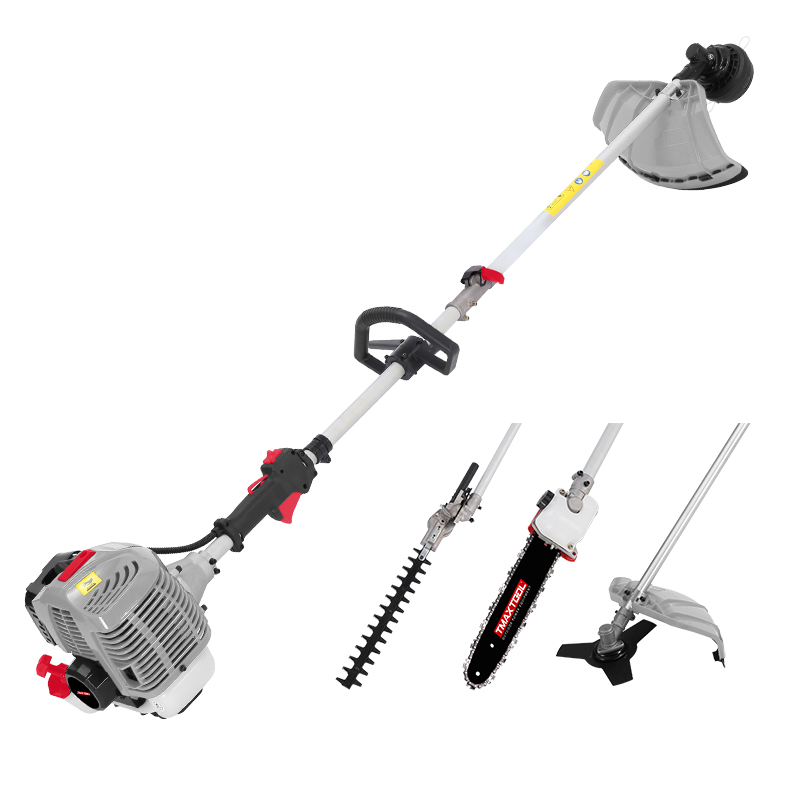 Multi Tool
Multi Tool
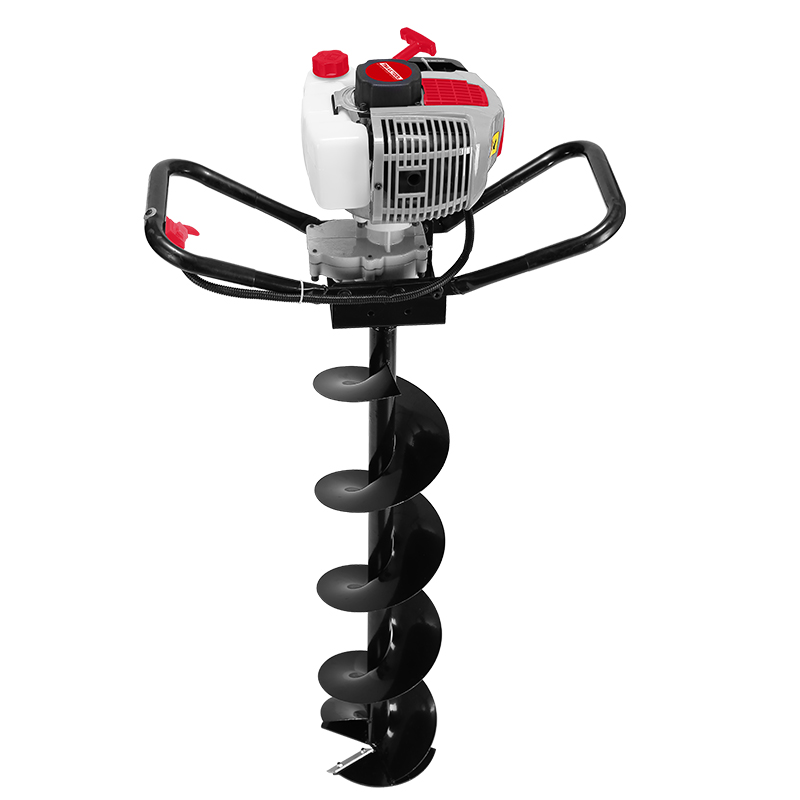 Earth Auger
Earth Auger
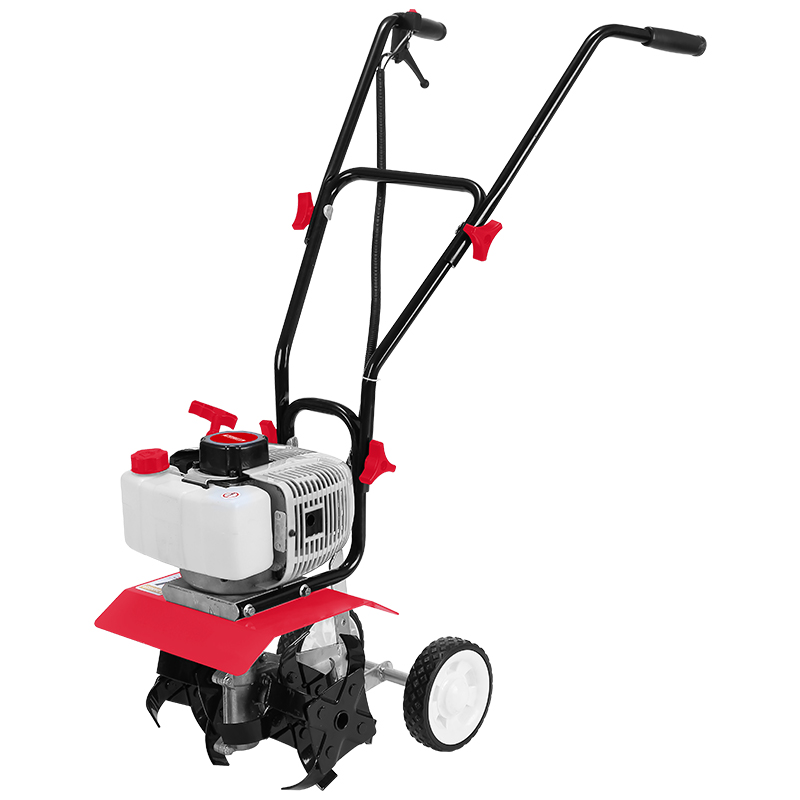 Tiller
Tiller
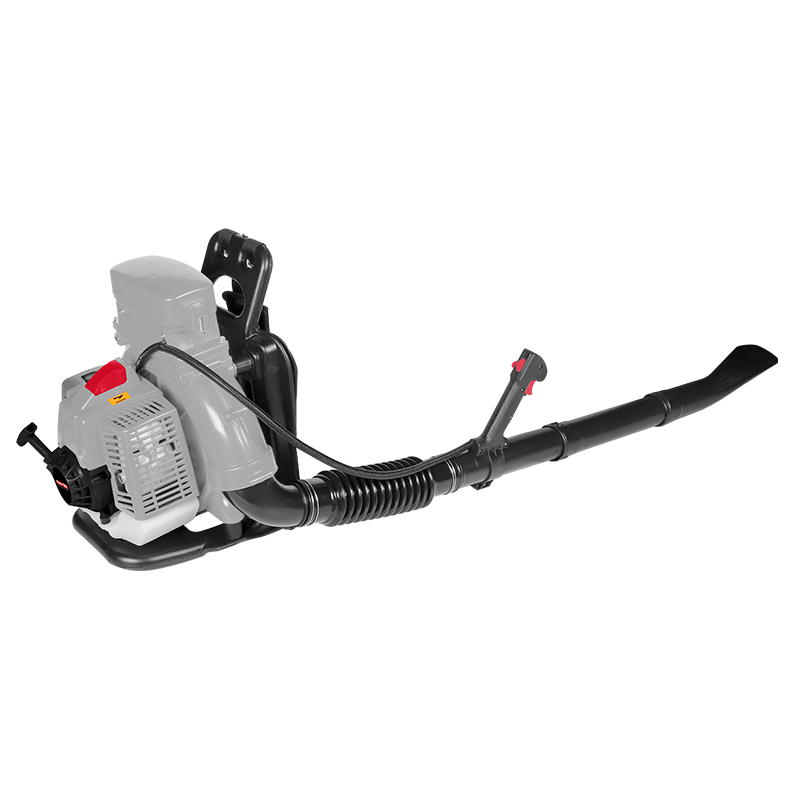 Blower
Blower
 4 Stroke Gasoline Engine
4 Stroke Gasoline Engine
 Generator
Generator
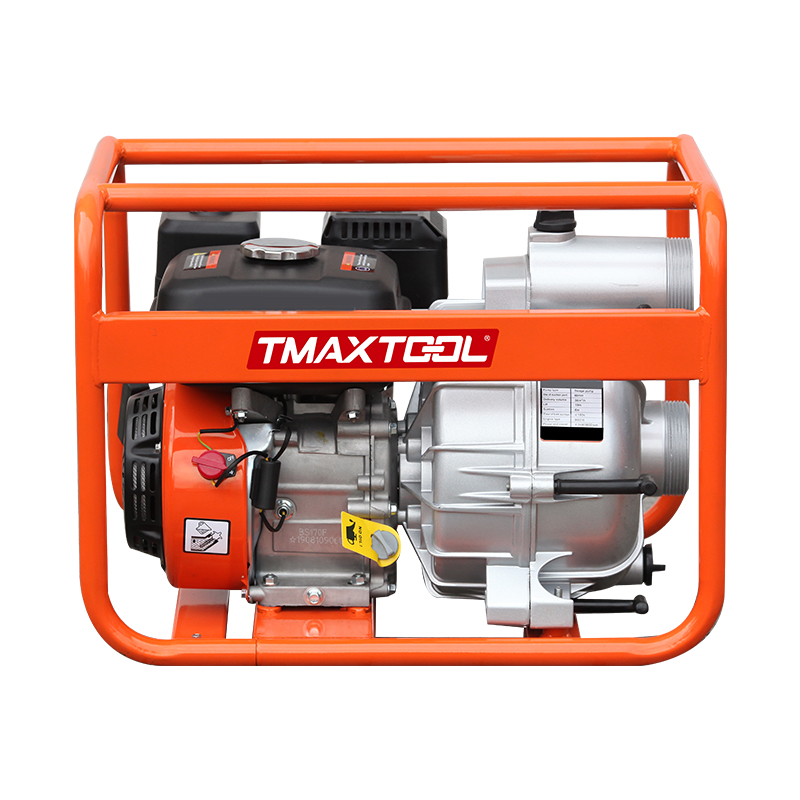 Water Pump
Water Pump
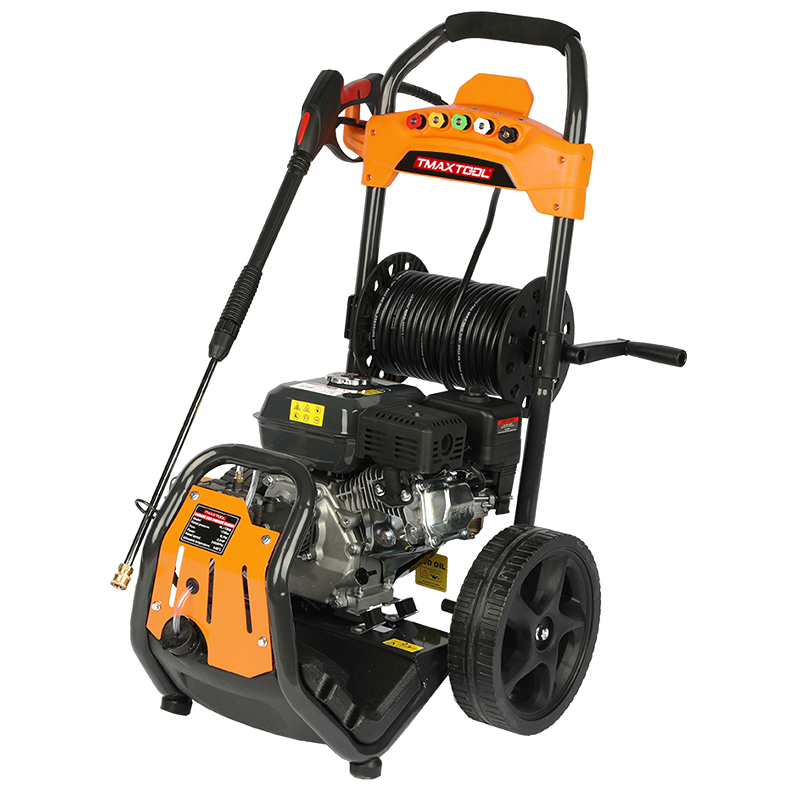 High Pressure Washer
High Pressure Washer
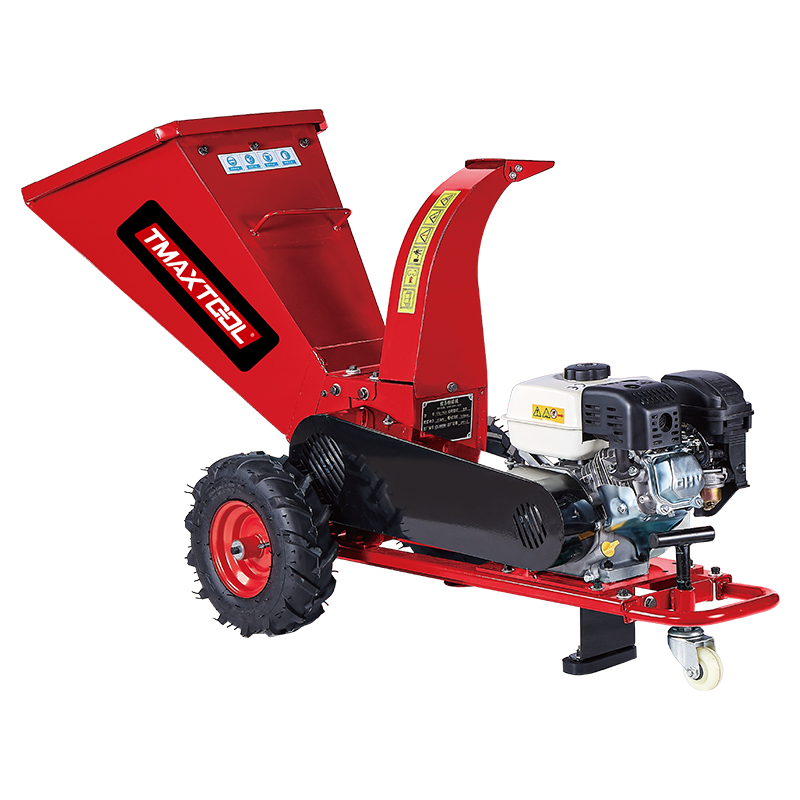 Wood Cutter
Wood Cutter
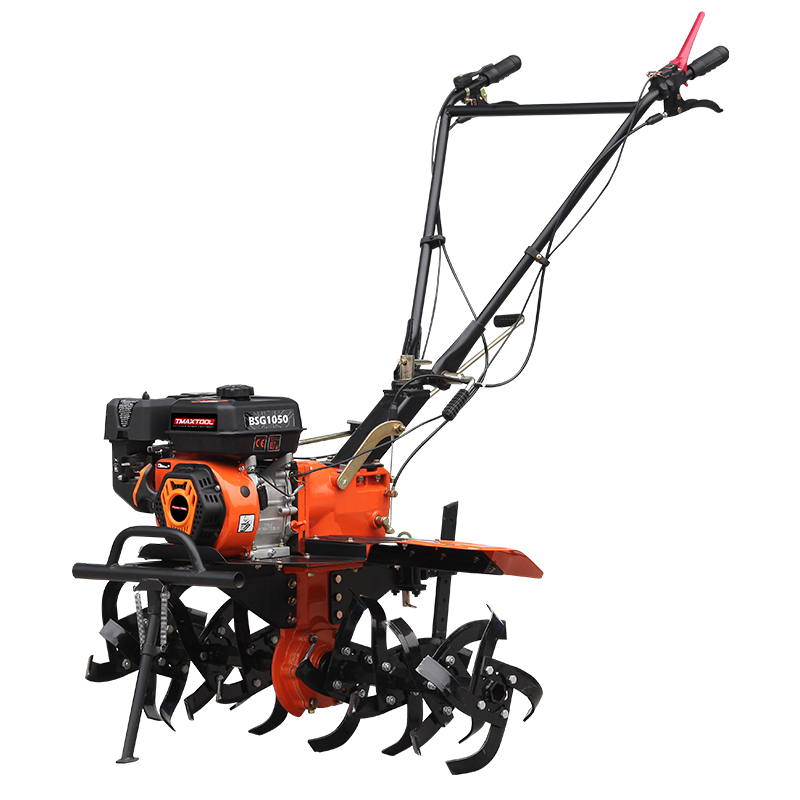 4 Stroke Tiller
4 Stroke Tiller
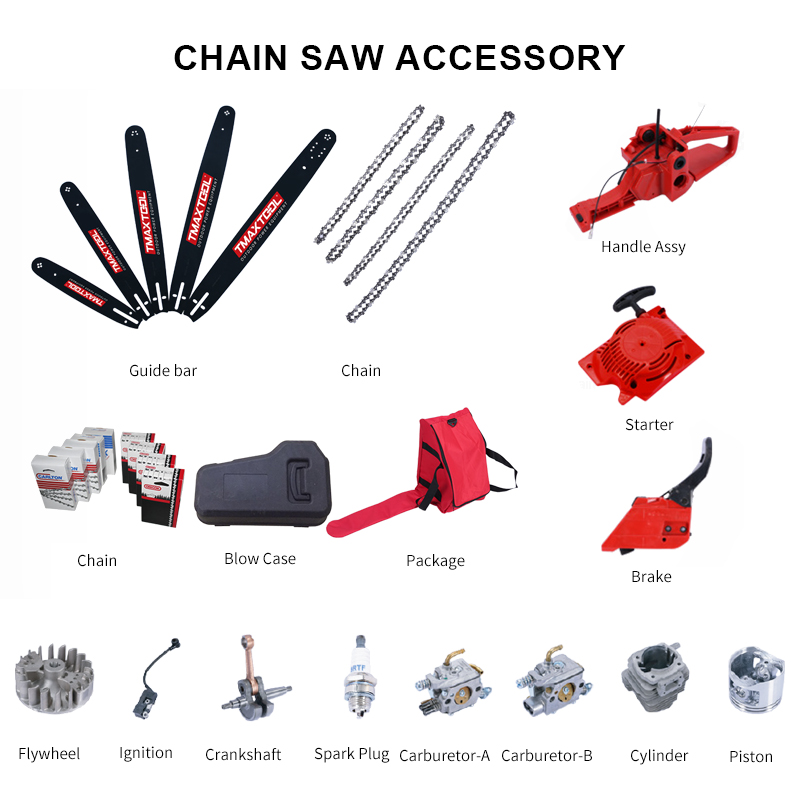 Chain Saw Accessory
Chain Saw Accessory
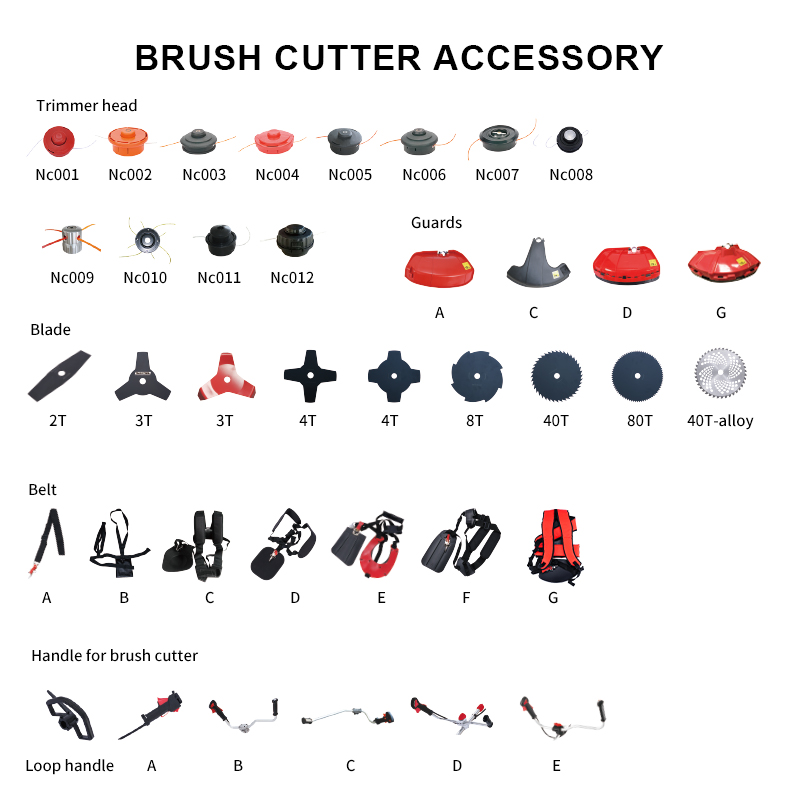 Brush Cutter Accessory
Brush Cutter Accessory
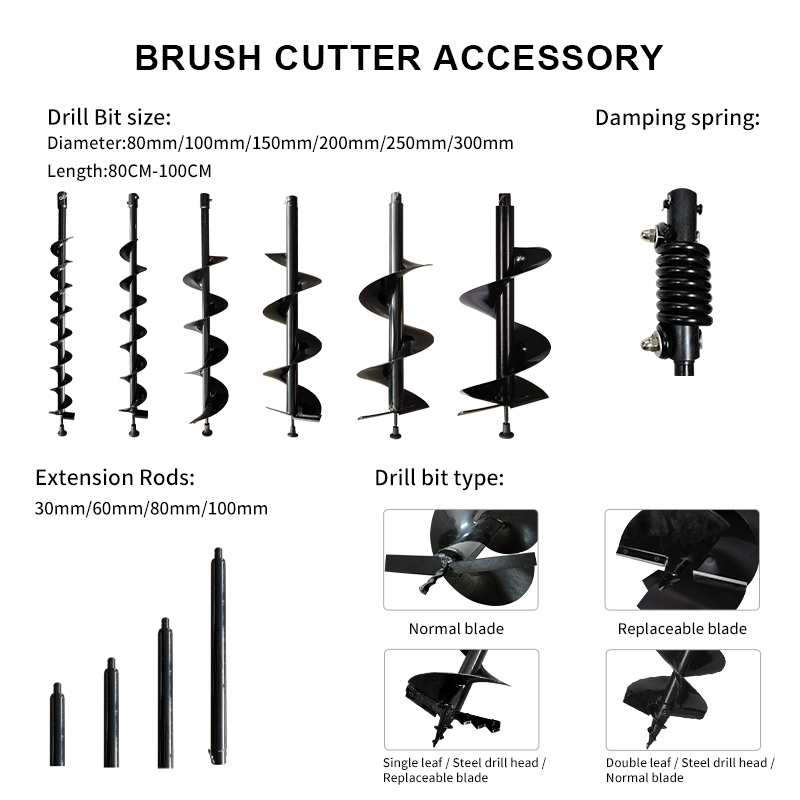 Earth Auger Accessory
Earth Auger Accessory
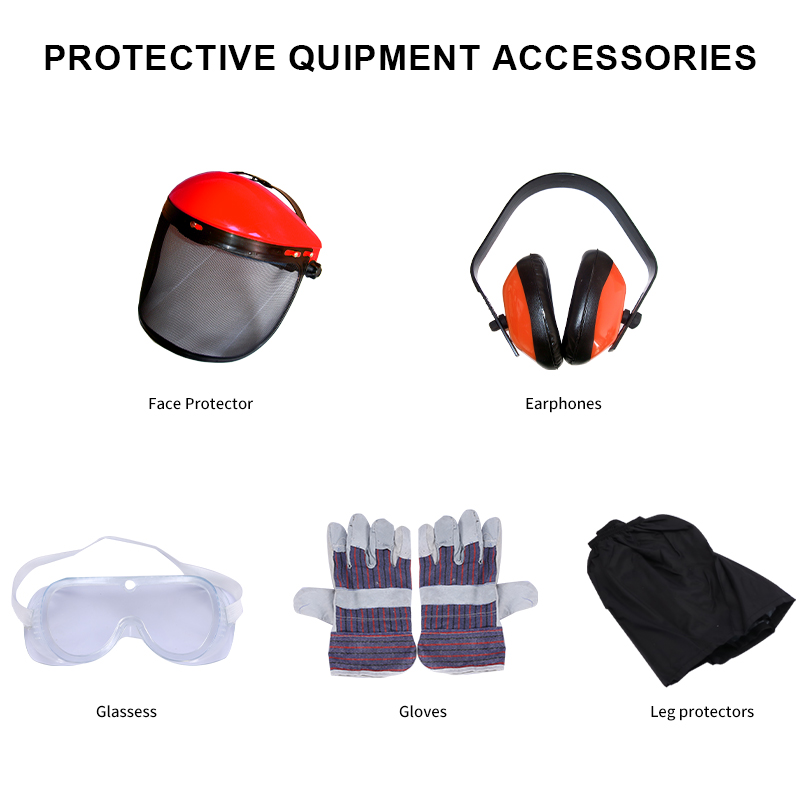 Protective Equipment Accessories
Protective Equipment Accessories




